Italian cuisine boasts a rich culinary heritage, particularly when it comes to pasta. One of the most beloved pasta varieties is macaroni, which has become synonymous with Italian comfort food. In this article, we will delve into the world of Italian macaroni types, uncovering their unique characteristics and offering insights into how each variety is traditionally used in Italian cuisine. 1. Penne: Penne is a classic macaroni shape characterized by its cylindrical and slightly oblique-cut ends. Its hollow center, combined with its sturdy structure, makes it perfect for capturing and holding chunky sauces or vegetables such as tomato-based sauces, pesto, or alfredo. Penne rigate, a variation known for its ridged surface, enhances the way the sauce clings to the pasta, enhancing flavor and texture.
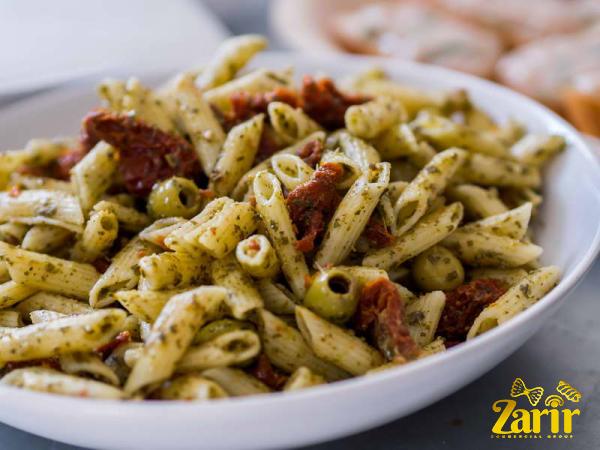
.
 2. Spaghetti: Considered one of the most popular pasta shapes worldwide, spaghetti is a long, thin cylindrical pasta variety. It showcases versatility, pairing well with various sauces, from traditional pomodoro to carbonara or aglio e olio. Of course, no one can forget the classic “spaghetti and meatballs” combination that has graced many Italian-American dinner tables. 3. Fusilli: Fusilli is instantly recognizable thanks to its tightly curled, helical shape. This macaroni type excels at catching and holding onto thick or creamy sauces, giving each bite a burst of flavor. Its unique shape also ensures that toppings and ingredients, such as diced vegetables or chunks of cheese, intertwine beautifully with each twist and turn.
2. Spaghetti: Considered one of the most popular pasta shapes worldwide, spaghetti is a long, thin cylindrical pasta variety. It showcases versatility, pairing well with various sauces, from traditional pomodoro to carbonara or aglio e olio. Of course, no one can forget the classic “spaghetti and meatballs” combination that has graced many Italian-American dinner tables. 3. Fusilli: Fusilli is instantly recognizable thanks to its tightly curled, helical shape. This macaroni type excels at catching and holding onto thick or creamy sauces, giving each bite a burst of flavor. Its unique shape also ensures that toppings and ingredients, such as diced vegetables or chunks of cheese, intertwine beautifully with each twist and turn.
..
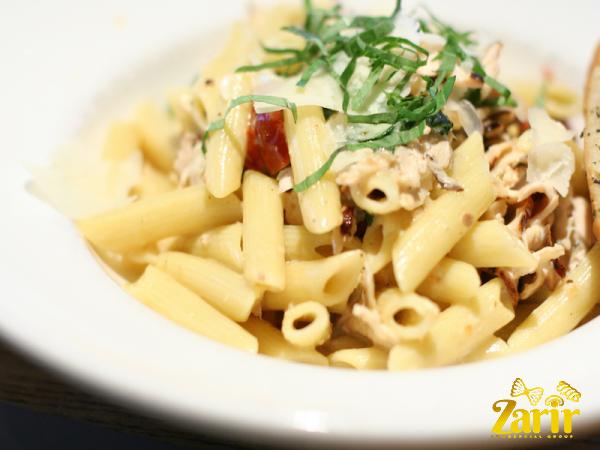 4. Farfalle: Often referred to as “bow tie” or “butterfly” pasta, farfalle instantly captivate with their beautiful, symmetrical design. With their wide surface area, they are ideal for creating pasta salads or for use in dishes incorporating light sauces. Farfalle pairs splendidly with ingredients like peas, pancetta, cherry tomatoes, and cream-based or oil-based sauces. 5. Rigatoni: Rigatoni is a robust tubular pasta, characterized by its large diameter and ridged surface. These deep grooves provide ideal nooks and crannies for capturing even the heartiest of sauces. Rigatoni’s density and size make it suitable for baked pasta dishes and casseroles such as pasta al forno, where it retains its shape and texture even after baking.
4. Farfalle: Often referred to as “bow tie” or “butterfly” pasta, farfalle instantly captivate with their beautiful, symmetrical design. With their wide surface area, they are ideal for creating pasta salads or for use in dishes incorporating light sauces. Farfalle pairs splendidly with ingredients like peas, pancetta, cherry tomatoes, and cream-based or oil-based sauces. 5. Rigatoni: Rigatoni is a robust tubular pasta, characterized by its large diameter and ridged surface. These deep grooves provide ideal nooks and crannies for capturing even the heartiest of sauces. Rigatoni’s density and size make it suitable for baked pasta dishes and casseroles such as pasta al forno, where it retains its shape and texture even after baking.
…
 6. Orecchiette: Translated as “little ears” in Italian, orecchiette has a unique rounded and concave shape that allows it to cradle sauces, such as ragu or vegetable-based sauces. This pasta type is predominantly associated with the Apulia region in Southern Italy and is frequently paired with ingredients like broccoli rabe, sausage, and olive oil. Conclusion: Italian macaroni types offer an array of sizes, shapes, and textures, each contributing to a distinctive pasta experience. From the widely known spaghetti to the lesser-known orecchiette, each variety has its place within traditional Italian cuisine. Understanding these macaroni types allows us to appreciate the diverse ways in which Italian pasta culture enriches our culinary world. So next time you’re at the grocery store, consider picking up a new type of macaroni and embark on a delightful Italian culinary adventure in your own kitchen.
6. Orecchiette: Translated as “little ears” in Italian, orecchiette has a unique rounded and concave shape that allows it to cradle sauces, such as ragu or vegetable-based sauces. This pasta type is predominantly associated with the Apulia region in Southern Italy and is frequently paired with ingredients like broccoli rabe, sausage, and olive oil. Conclusion: Italian macaroni types offer an array of sizes, shapes, and textures, each contributing to a distinctive pasta experience. From the widely known spaghetti to the lesser-known orecchiette, each variety has its place within traditional Italian cuisine. Understanding these macaroni types allows us to appreciate the diverse ways in which Italian pasta culture enriches our culinary world. So next time you’re at the grocery store, consider picking up a new type of macaroni and embark on a delightful Italian culinary adventure in your own kitchen.

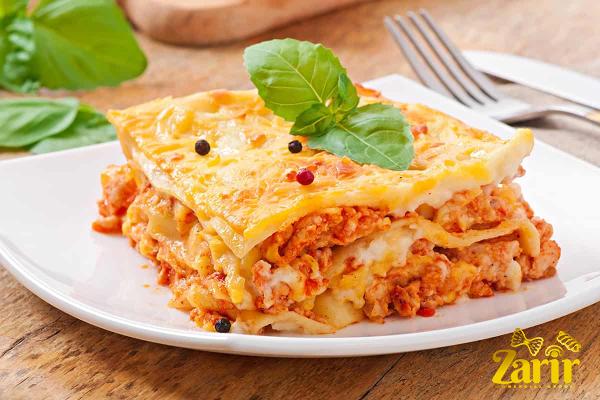
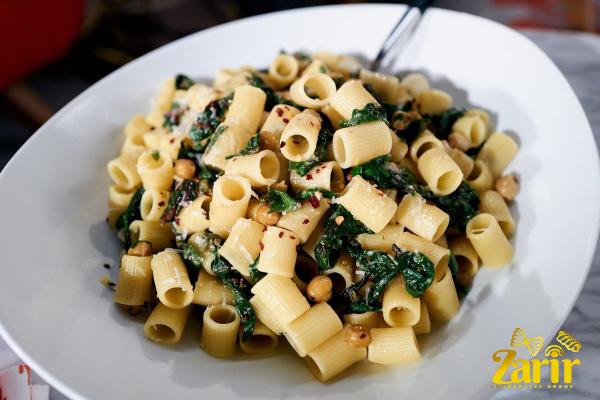
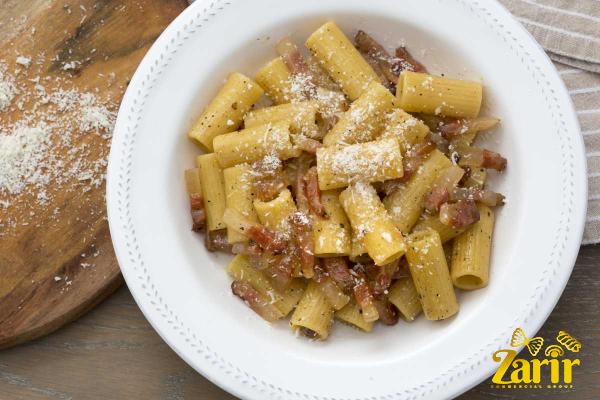
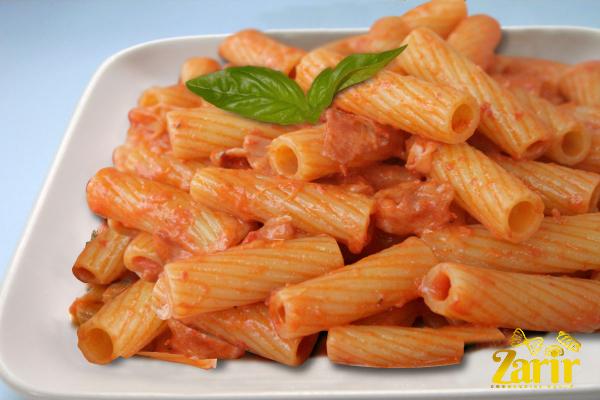
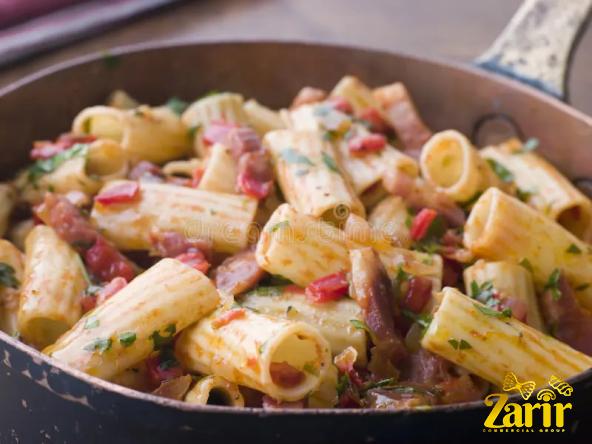
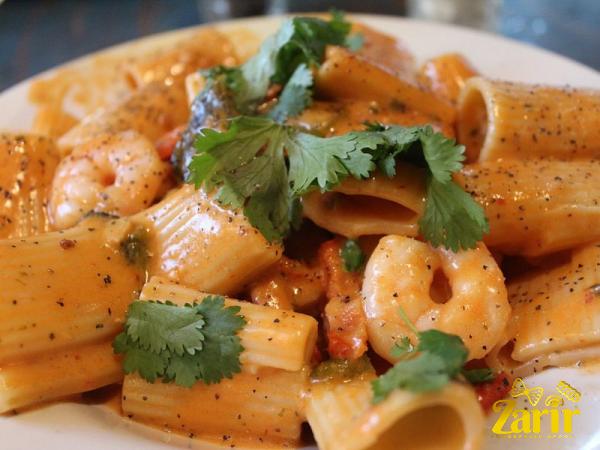
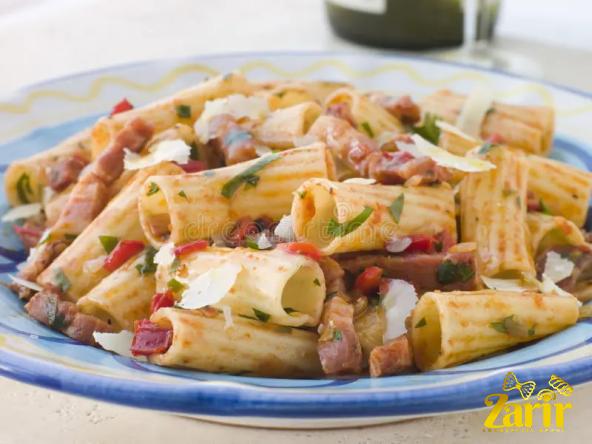
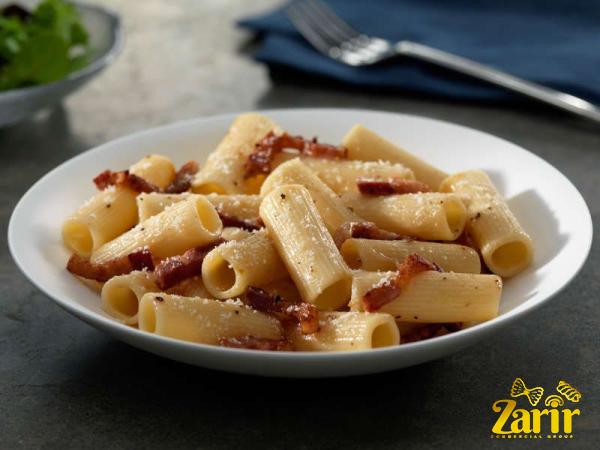
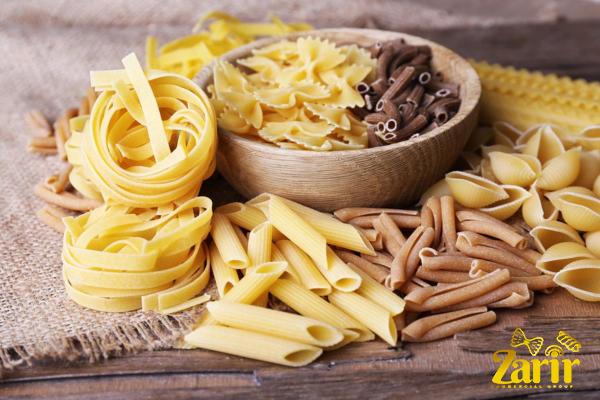
Your comment submitted.